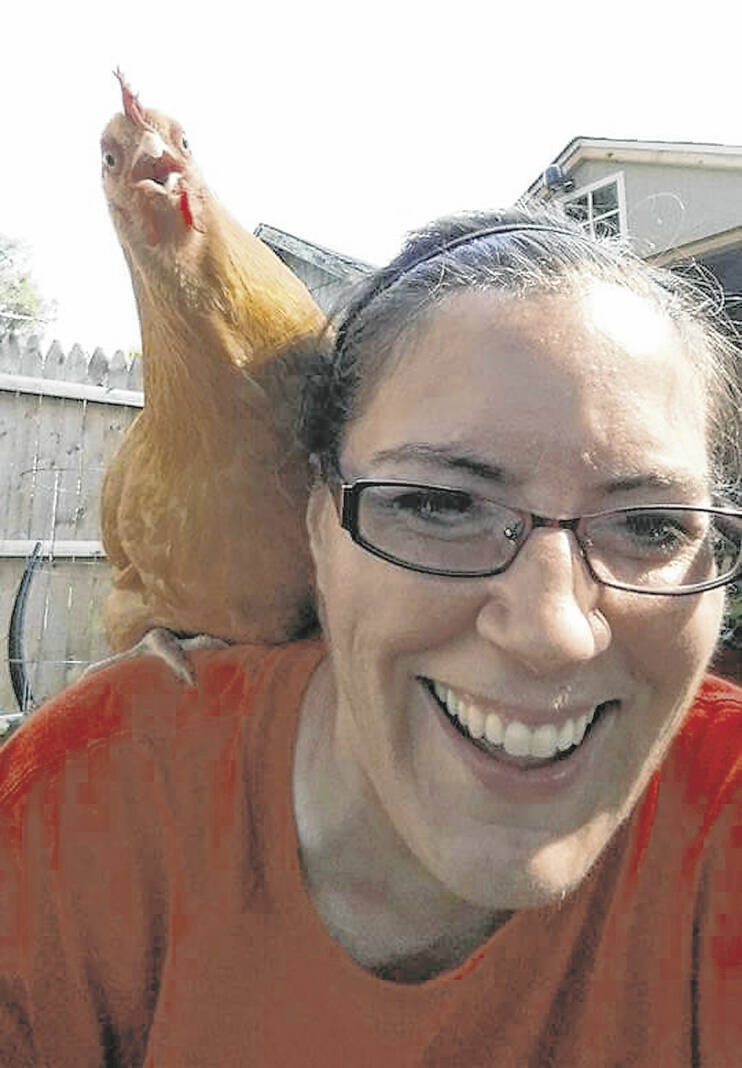I don’t know if you’ve noticed or not, but there seems to be a whole lot of buzzing going on this spring in our little county.
Facebook and Instagram are inundated with photos of a little insect that has decided to bring along a few thousand of its closest friends and attach themselves to chairs, fences, bushes and trees.
Of course, I’m speaking of the little honeybee, or Apis mellifera, and folks are either terrified when these little creatures choose a favorite rocker or nearby shrub to congregate or people are the opposite, completely fascinated by the buzzing, moving cluster of honeybees.
If you are one of the unlucky ones who is allergic to bee stings, I apologize for celebrating the gathering of these busy little flyers. If you’re not, let me take a moment to introduce you to what’s going on with the seemingly instant party of around 5,000 or so bees that has decided your flowering shrub is the perfect rest stop on their search for a new home.
Bee swarms happen when a cluster of bees from the home hive (in the wild, that would be a hollowed-out tree or maybe an abandoned shed or it could be from a beekeeper’s hive box) decide there is not enough room any more and take their queen bee with them in search of a new home. On their flight to find a new location, they stop and take a break to regroup and continue on their way.
Usually, the group moves on within a few hours, but sometimes, the “rest stop” turns out to be a great new home, and the bees start to set up housekeeping by building wax comb. Being a beekeeper as well as a chicken farmer, I understand the excitement when someone posts or calls one of us about a bee swarm.
I’ve teased that we need to have black and yellow flashing lights when we’re on our way to capture a swarm. As fast as the bees gather, they can disperse just as quickly, so we have no time to wait. There also are a host of beekeepers in the area that are all waiting for the chance to catch “free-bees,” so competition can be fierce.
Recently, I captured a group of bees in a friend’s beautiful pink dogwood tree and enjoyed educating this friend about the bees’ behavior and why they had picked her tree. At the beginning of the removal, she was standing about 10 feet back. By the end of the removal, she was standing near the hive box watching the little bees with their bottoms in the air at the front entrance to the box emitting pheromones that would lead the stragglers to the coziness of the hive box.
If you come across a group of bees this spring, take a moment to appreciate the beauty of a group of bees that are peacefully resting until they plan their next move. If they overstay their welcome or are in a dangerous location for themselves, pets or humans, be sure to reach out to a local beekeeper, who will be happy to capture them and give them a good home with great care.
You can find a host of local beekeepers at the Facebook group Jackson County Beekeepers of Indiana or visit the website indianabeekeeper.com.
Until next time…
Stephanie Strothmann owns Purple Shamrock Farm LLC in rural Seymour. Send comments to [email protected].


